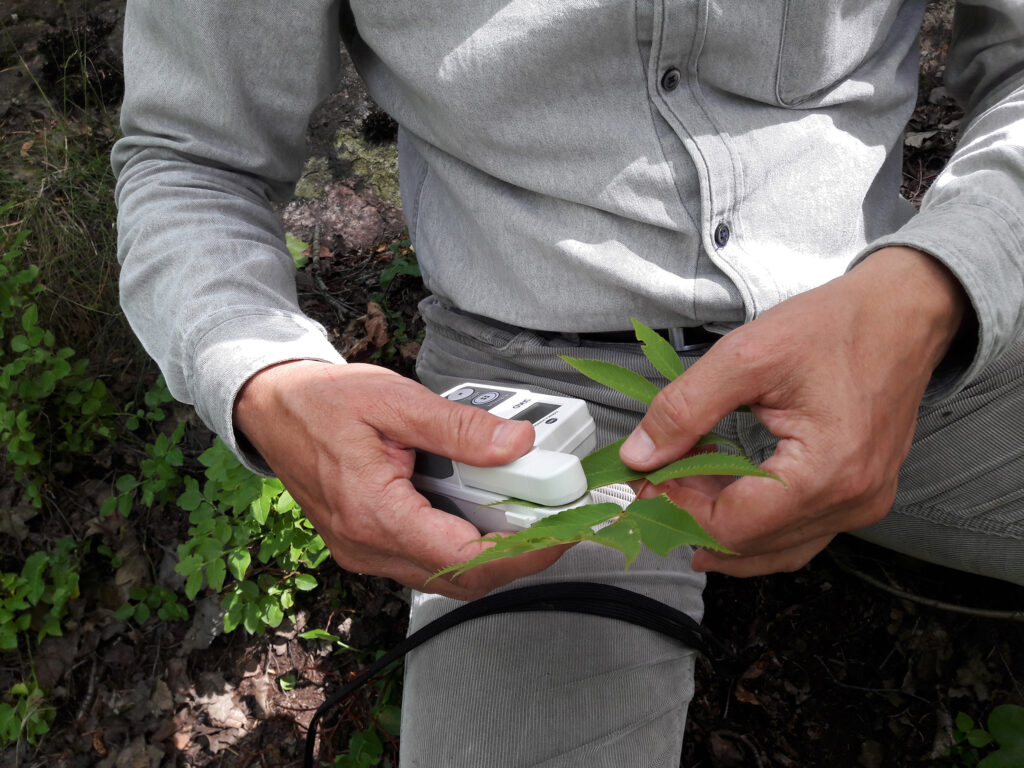We know trees are generally effective at reducing air pollution in cities. However, it isn’t as simple as “the more trees you have, the better the air will be”. Some species are much better at filtering pollutants than others, and trees can be better at filtering different types of pollutants. This means we need the right tree for the job. Now, in a recent study, researchers have analyzed which species are best to tackle air pollution.

A team from the University of Gothenburg collected leaves and needles from eleven different trees growing in the Gothenburg Botanical Garden’s arboretum to analyze which airborne substances the plants have captured. It was a unique opportunity to test different species with similar environmental conditions and exposure to air pollutants, they said.
Cities are largely exposed to high levels of air pollution. This consists of gases, metals, chemical compounds and small particles known as particulate matter. Exposure to high levels of air pollution can be very dangerous. The World Health Organization estimates seven million premature deaths per year are linked to air pollution.
In their study, the researchers analyzed a total of 32 different pollutants, some of which are bound to particles of various sizes. Their focus was polycyclic aromatic hydrocarbons (PAHs), a type of organic compound that happens naturally in coal, crude oil and gasoline. In cities, traffic is the primary source of these pollutants, released due to incomplete combustion.
“Our analyses show that different tree species have different abilities to absorb air pollutants. Conifers generally absorbed more gaseous PAHs than broadleaved trees. Another advantage of conifers is that they also act as air purifiers in winter, when air pollution is usually at its highest,” Jenny Klingberg, study author, said in a media statement.
Trees and air pollution
Klingberg and her team found that needles can absorb air pollutants for several years, which leaves can’t do. However, broadleaved trees (those with leaves rather than needles) have other advantages. They were found to be more efficient at cleaning the air of particles because the leaves have a larger surface area for particles to attach to.
However, needles and leaves don’t break down pollutants to any greater extent than the other, even if sunlight can start that process. There’s then a risk of the soil beneath the trees being contaminated with pollutants when leaves and needles shed and decompose. This puts the ecosystem in the soil at risk of being affected, though this was not investigated in this study.
“The pollutants do not appear to impact the trees’ photosynthesis; leaf chlorophyll content is just as high in the most polluted areas of Gothenburg compared with trees that grow in less polluted environments. But this likely looks different in cities with even worse air quality,” study lead author Håkan Pleijel said in a press statement.
The findings show we can’t just start planting trees in city streets to improve air quality. There are several factors that determine how beneficial they will be, the researchers said. An alley of trees in a narrow street canyon — a place where the street is flanked by buildings on both sides creating a canyon-like environment-can reduce airflow and this negatively affects the dispersion and dilution of air pollutants in cities.
Careful urban planning is then necessary, combining different tree species to optimize air purification and to take into account other functions and benefits of trees, they said. The study “contributes to improving our understanding of the ability of trees to clean the air and which species are best at absorbing air pollutants” Pleijel said in a statement.
The study was published in the journal Ecological Indicators.


